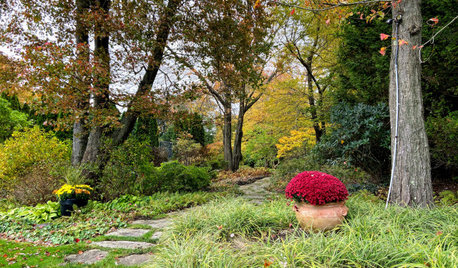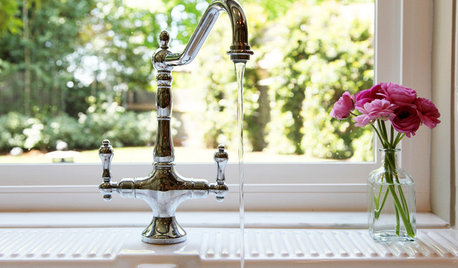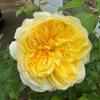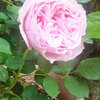Shocking Blue floribunda in HOT climate
wintercat_gw
11 years ago
Related Stories

MONTHLY HOME CHECKLISTSJanuary Checklist for a Smooth-Running Home
Need help beating the postholiday blues? Launch the new year with some tidying, safety steps and maybe birdseed, too
Full Story
COLORBedroom Color: The Secret to More Sex and More Sleep
Look to surprising revelations about bedroom wall colors to get more of what you want
Full Story
GARDENING GUIDES4 Elements of a Stunning Fall Garden
Late summer is a good time to look beyond trees to create an autumn landscape that draws the eye and stirs the soul
Full Story
COLORBest Ways to Use Exclusive Plum, Sherwin-Williams’ Color of 2014
Pretty, moody, maybe even a neutral, this toned-down grayish purple can work in any room. Here's how
Full Story
MOST POPULARWhat to Do After a Hurricane or Flood
How you treat your home after a natural disaster can make all the difference in its future livability — and your own personal safety
Full Story
WHITEHow to Pick the Right White Paint
White is white, right? Not quite. See 8 white paint picks for 8 very different effects
Full Story
LANDSCAPE DESIGNCalifornia Says Goodbye to the Sprawling Ornamental Lawn
New state rules will effectively limit turfgrass to 25 percent of the landscape in most new and renovated yards
Full Story
MONTHLY HOME CHECKLISTSSeptember Checklist for a Smooth-Running Home
Get ready to get cozy at home with snuggly blankets, well-stocked firewood, added insulation and more
Full Story
HOUSEPLANTSHow to Grow Orchids Indoors
Orchids are the exotic aristocrats of the flower world and can make themselves comfortable in almost any home
Full Story
KITCHEN DESIGNHow to Pick a New Kitchen Faucet
Learn all about mounting styles, handles, finishes and quality to get the kitchen faucet that best fits your needs
Full StoryMore Discussions








roseblush1
michaelg
Related Professionals
Barrington Hills Landscape Architects & Landscape Designers · Glen Ellyn Landscape Architects & Landscape Designers · Avocado Heights Landscape Contractors · Biloxi Landscape Contractors · Commack Landscape Contractors · Cornelius Landscape Contractors · Davis Landscape Contractors · Duarte Landscape Contractors · Fort Wayne Landscape Contractors · Hoover Landscape Contractors · Indianapolis Landscape Contractors · Parker Landscape Contractors · Snoqualmie Landscape Contractors · Thonotosassa Landscape Contractors · Merrifield Landscape Contractorsroseblush1
wintercat_gwOriginal Author
roseblush1
wintercat_gwOriginal Author
wintercat_gwOriginal Author
wintercat_gwOriginal Author
roseblush1
wintercat_gwOriginal Author
roseblush1
wintercat_gwOriginal Author
mori1